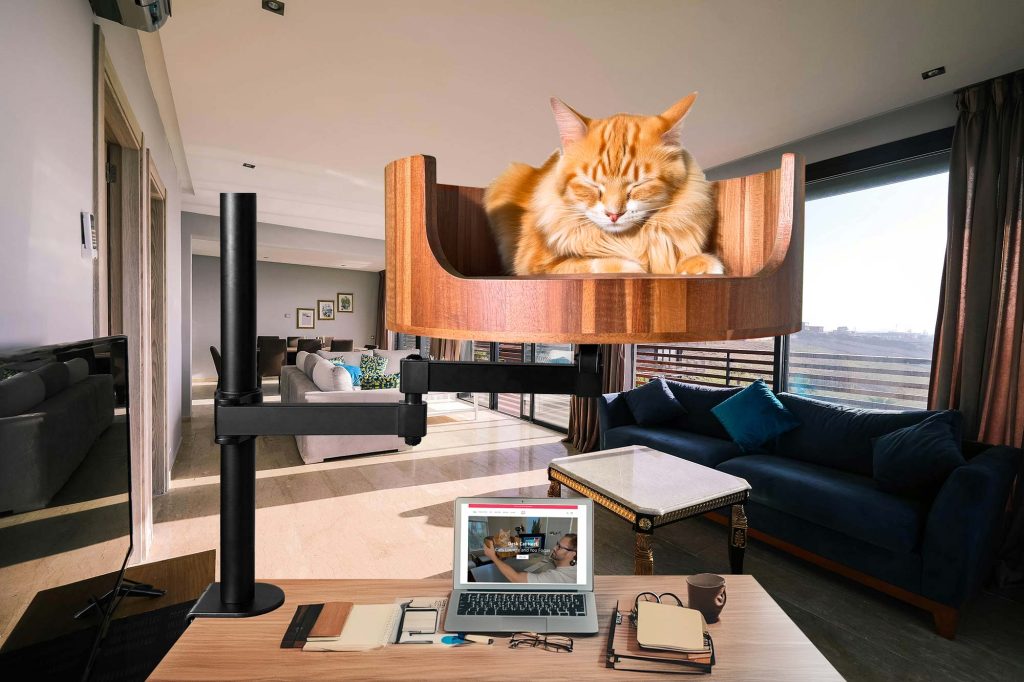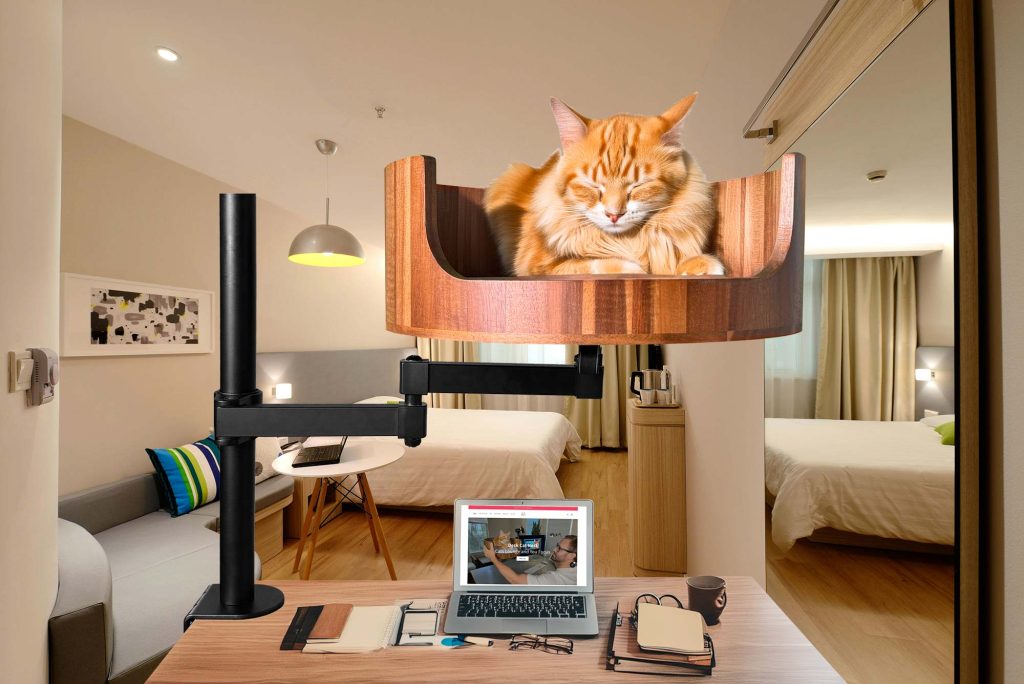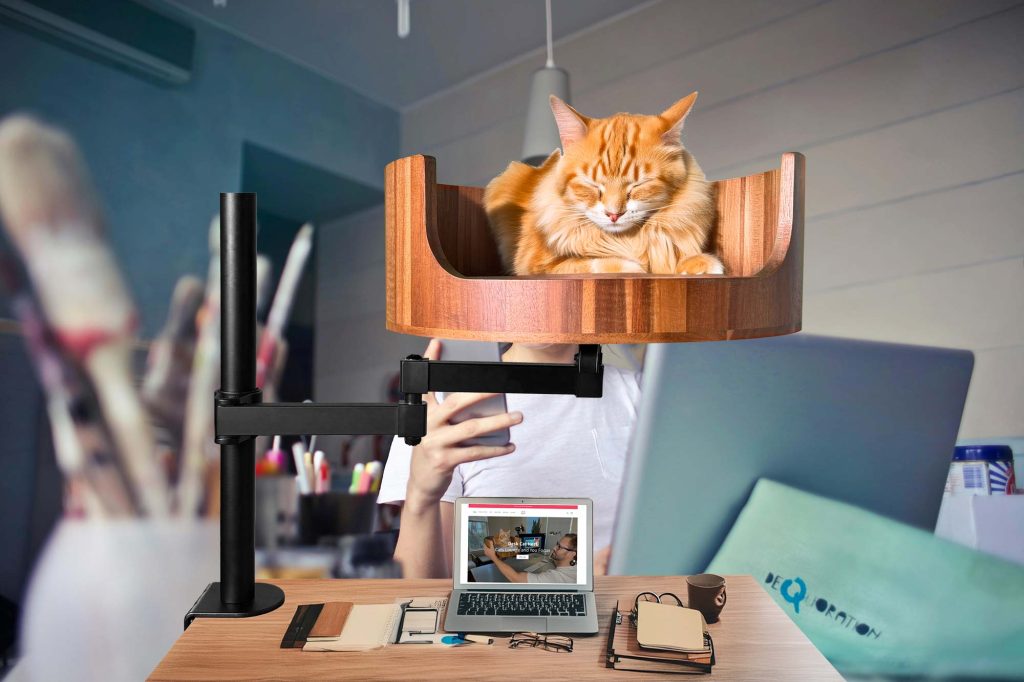If your cat is bleeding after giving birth, it can be a cause for concern. Understanding why this is happening and what you can do to help your furry friend is crucial for their well-being. In this article, we will explore the common reasons why a cat may be bleeding after birth and what steps you can take to ensure the health and safety of both the mother cat and her kittens.
From complications during delivery to retained placenta, there are several factors that can contribute to postpartum bleeding in cats. We will delve into these potential causes and discuss the symptoms to watch out for. Additionally, we will provide guidance on when you should seek veterinary assistance and what treatments may be necessary to address the issue. By being informed and proactive, you can help your cat navigate this challenging time and ensure a smooth and healthy recovery after giving birth.
1. Postpartum bleeding in cats is normal and essential for expelling placental remnants and aiding in uterine contractions.
2. Excessive bleeding or hemorrhaging post-birth may indicate a serious issue requiring immediate veterinary attention.
3. Monitoring your cat for signs of excessive bleeding, such as weakness, pale gums, or ongoing bleeding beyond 24 hours, is crucial.
4. Prompt veterinary care can help diagnose and treat underlying causes of postpartum bleeding, such as retained placenta, uterine infections, or trauma.
5. Understanding the potential reasons for postpartum bleeding in cats can help you provide the necessary care and support for your feline during this critical time.
Types of bleeding after birth in cats
There are several types of bleeding that can occur in cats after giving birth. Postpartum hemorrhage is a common issue where the mother may bleed excessively due to complications during labor or retained placenta. Uterine bleeding can also occur if the mother has not fully expelled all of the placental material, causing bleeding from the uterus. In some cases, cats may experience bleeding from their nipples due to cracked or injured nipples from nursing their kittens.
Causes of bleeding after birth in cats
There are several reasons why a cat may experience bleeding after giving birth. One common cause is uterine inertia, where the uterus fails to contract properly after birth, leading to excessive bleeding. Infections in the reproductive tract can also result in bleeding, as well as hormonal imbalances or clotting disorders. Trauma during labor or nursing, such as cracked nipples, can also lead to bleeding in cats after birth.
Symptoms and signs of bleeding after birth in cats
It is important to recognize the symptoms and signs of bleeding in cats after giving birth. Some common signs include excessive bleeding from the vulva, nipples, or uterus, as well as lethargy, pale gums, weakness, or collapse. Cats may also display signs of pain or discomfort, such as crying or vocalization, when experiencing bleeding after birth. It is essential to monitor the mother cat closely for any abnormal behavior or symptoms that may indicate bleeding.
Treatment options for bleeding after birth in cats
Treatment for bleeding after birth in cats will depend on the underlying cause of the bleeding. In cases of postpartum hemorrhage, immediate veterinary intervention is necessary to stop the bleeding and stabilize the mother cat. This may include blood transfusions, medications to stimulate uterine contractions, or surgical intervention to remove retained placenta. Antibiotics may also be prescribed to treat infections that may be causing bleeding. It is essential to seek veterinary care promptly if you suspect that your cat is bleeding after giving birth, as untreated bleeding can be life-threatening.
Desk Cat Nest FAQ
What causes cat bleeding after birth?
Cat bleeding after birth, also known as postpartum hemorrhage, can be caused by a variety of factors such as retained placenta, uterine atony, or tearing of the uterus during labor.
How can Desk Cat Nest help with cat bleeding after birth?
Desk Cat Nest provides a safe and comfortable space for your cat to rest and recover after giving birth. The soft bedding material and enclosed design can help reduce stress and promote healing post-birth.
Is Desk Cat Nest suitable for all cat breeds?
Desk Cat Nest is suitable for most cat breeds, but it is always important to monitor your cat closely after giving birth to ensure their health and safety. Consult with your veterinarian for specific recommendations based on your cat’s breed and individual needs.
How should I clean Desk Cat Nest to prevent infection?
Desk Cat Nest can be easily cleaned with mild soap and water. It is important to regularly change the bedding and keep the nest clean to prevent infection and promote healing for your cat.
Can Desk Cat Nest be used for other purposes besides postpartum care?
Desk Cat Nest is designed specifically for postpartum care, but it can also be used as a cozy resting spot for your cat at any time. However, it is important to ensure that the nest remains clean and sanitary for your cat’s health and comfort.
In conclusion, choosing a Desk Cat Bed for your cat after giving birth can provide a comfortable and safe space for her to recover. The elevated design of the bed will help keep your cat away from potential hazards on the ground, reducing the risk of further injury or bleeding. Additionally, the soft and supportive cushioning of the bed will provide comfort and promote healing. With its durable construction and easy-to-clean materials, the Desk Cat Bed is a valuable choice for helping your cat during this delicate time. Invest in a Desk Cat Bed today to provide your cat with the care and comfort she deserves after giving birth.


